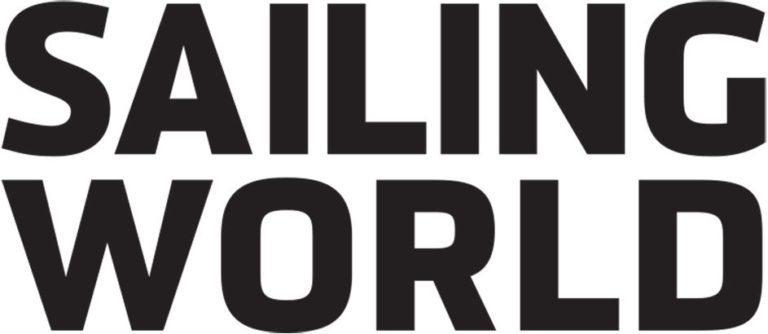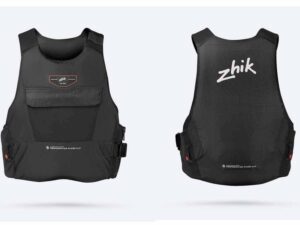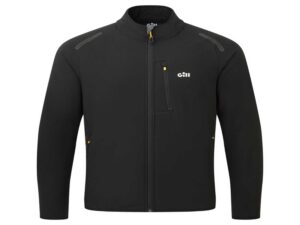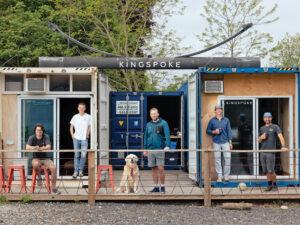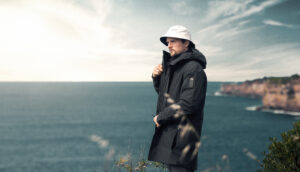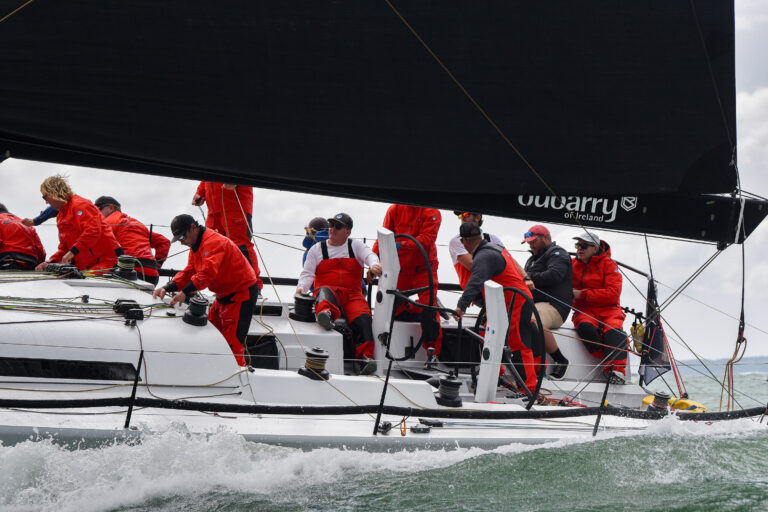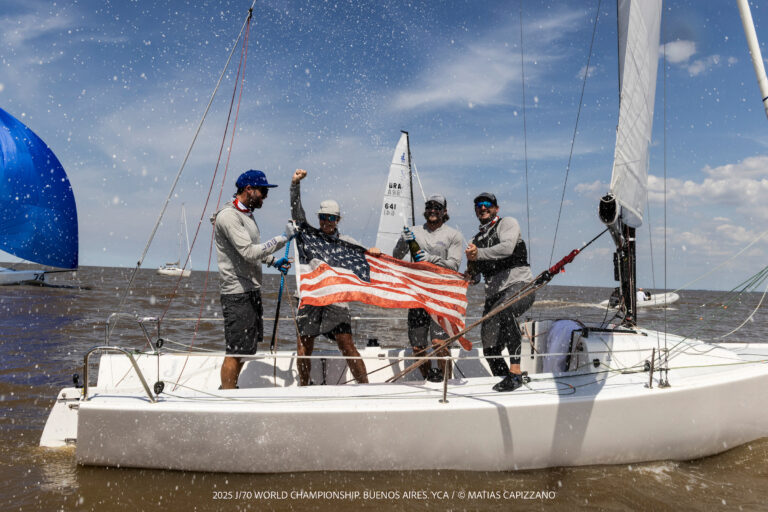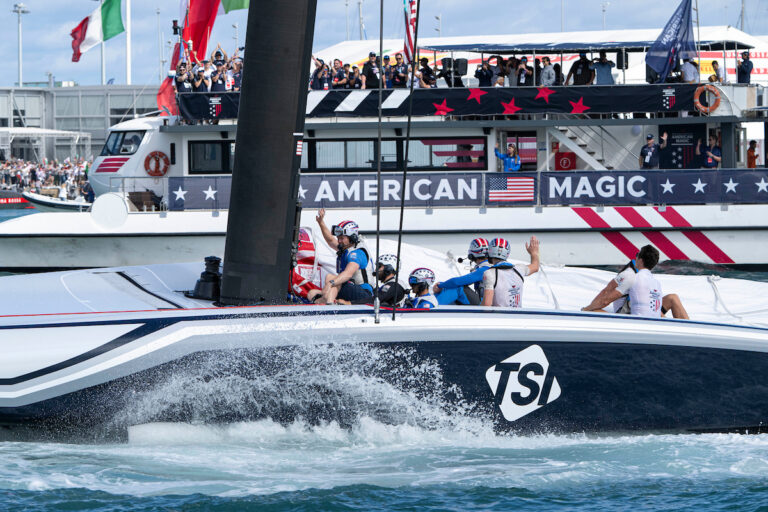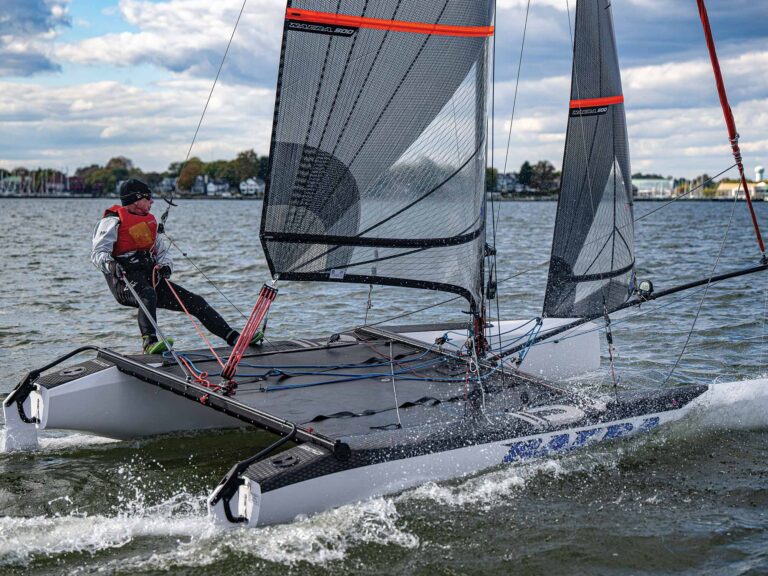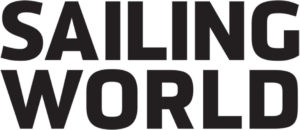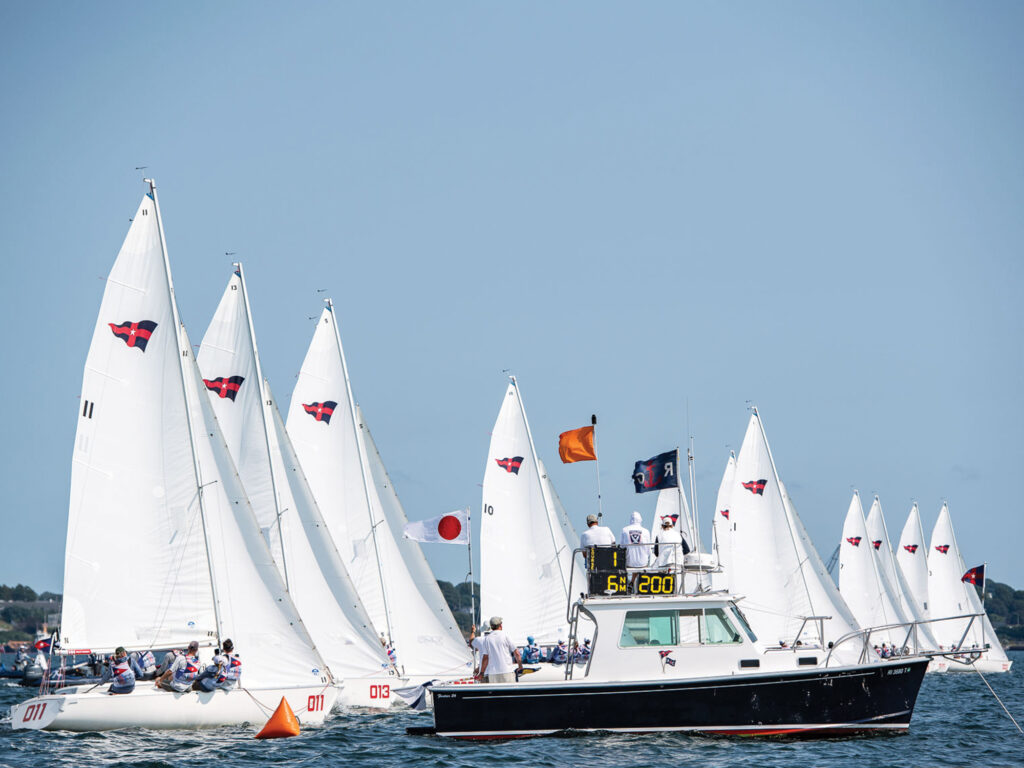
The tidy Vakaros RaceSense platform is gaining wider usage across many one-design classes and is universally lauded by the sailors. As a race officer with the New York YC, I and many others, have been working with engineers at Velocitek for several seasons to develop a similar system. The platform has gone from using the same L1-L5 GPS technology used in RaceSense to now using Real Time Kinematics technology. This, we’re certain, gives us next-level starting accuracy.
Real Time Kinematics is essentially a GPS standard that achieves accuracy through using differential positioning. This requires the use of two separate receivers, a base station and a “rover” to correct errors in real time. The base station is set up in a relatively stable (onshore) environment within 12 km of the race area. This unit continuously receives signals from GPS satellites and compares the calculated position based on those signals to the known position of the unit. This allows the unit to detect satellite signal errors that affect GPS accuracy, calculate the corrections, and then transmit them to the rover receivers on the racing boats and the receivers mounted to the race-committee assets. The rover units then apply these corrections to their own GPS data, bringing overall accuracy of the RTK system down to 1.8 cm (max). The distinction between 1.8 cm accuracy and 1-meter accuracy is the difference between being able to use the tech for protest arbitration and for hearings, and it also allows for extremely accurate tracking and replays—data that can really help to level a one-design fleet and get newcomers up to speed quickly.
The RTK platform was used for the club’s recent Resolute Cup, as well as all of its Sonar and IC37 class races in 2024, and race officers were confident of its accuracy for OCS calls. With such precision, all the standard starting shenanigans—general recalls, jailbreaks when the line spotter’s view is obstructed, and hiding in the middle of an OCS clump—went away. The result was saving an average of one race every 1.5 sailing days—surely one of the most compelling data points to come out of the project.
In the recent past, having run hundreds of start sequences and more than a full season’s worth of practice sessions and regattas with the L1-L5 standard, patterns emerged relating to error frequency and the inevitability of compound GPS errors causing inaccurate results. The accuracy of an L1-L5 GPS signal gives it 1-meter precision, meaning the signal can accurately place the transponder on your boat within a 2-meter circle, so the 1-meter potential error can be in front of the transponder or behind the transponder. Keep in mind that there’s another transponder on the pin with the same error distribution, increasing the error range to 2 meters. This, of course, also applies to the boat-end transponder.
Through usage, we quickly learned that the PRO had to retain the authority to override any obvious GPS errors at the start. Using L1-L5, we would get the OCS report at 0:00, confirm bow numbers verbally with the PRO, and hit a button on the phone or tablet to confirm, sending the OCS notifications to the offenders. It took only a couple of seconds and was almost always complete before the VHF courtesy hail was transmitted. With RTK, we are now confidently “full auto,” allowing the system to make the OCS calls and immediately notify boats when they are over and when they are clear.
Our rules adviser and staff sailing director were involved with the integration of the system into our race documents to ensure compliance with the Racing Rules of Sailing. Preferring to err on the conservative side until we moved to RTK accuracy, we made it clear to competitors that “OCS calls will be based upon visual observation of the Race Committee” and added reference to the Velocitek system in the section where we discuss the RC’s intention to hail OCS boats over VHF. We also stipulated that failure to do so isn’t grounds for redress. All other trappings of a Rule 26 start remain unchanged: flags (including X-ray), sounds and courtesy VHF announcements.
As you can imagine, we fielded numerous “you called me over, but the box said I was good” comments in the early days, but we accepted and were open and transparent about the system shortcomings as it developed. It often felt as if we were building an airplane as we taxied down the runway, but having the IC37 Class sailors involved in every step of the process made it a rewarding project for all as the system evolved.
For 2024, we’re advancing to RTK accuracy. We’re certain at this point that it’s the right solution for starting sailboat races, and the industry agrees. Vakaros recently announced that its HALO (High Accuracy Location and Orientation) RTK device is on the horizon, so exciting things are on the way with RTK. The units will get smaller and sleeker—the size of a hockey puck—and will integrate into a boat’s NMEA 2000 bus, eliminating the need to charge the transponders at night and allowing starting data to be displayed on an existing display, with no need for an additional screen at the mast.
For smaller boats or boats that don’t allow pinging, we’ll begin to see screenless units that rely on lights or sound for OCS notification, and integration with smartwatches where class rules allow. There will be a push for integration with various handicap systems, with a goal of being able to see a boat’s current corrected position in the fleet during the race and having the system generate provisional results as the last boat crosses the finish line.
Next on the to-do list is for RTK starting technology to become open source, with the development of a standardized system that will allow sailors to use the hardware of their choice to display the data. It would behoove us all as sailors for there to be one network that is compatible with all devices.
